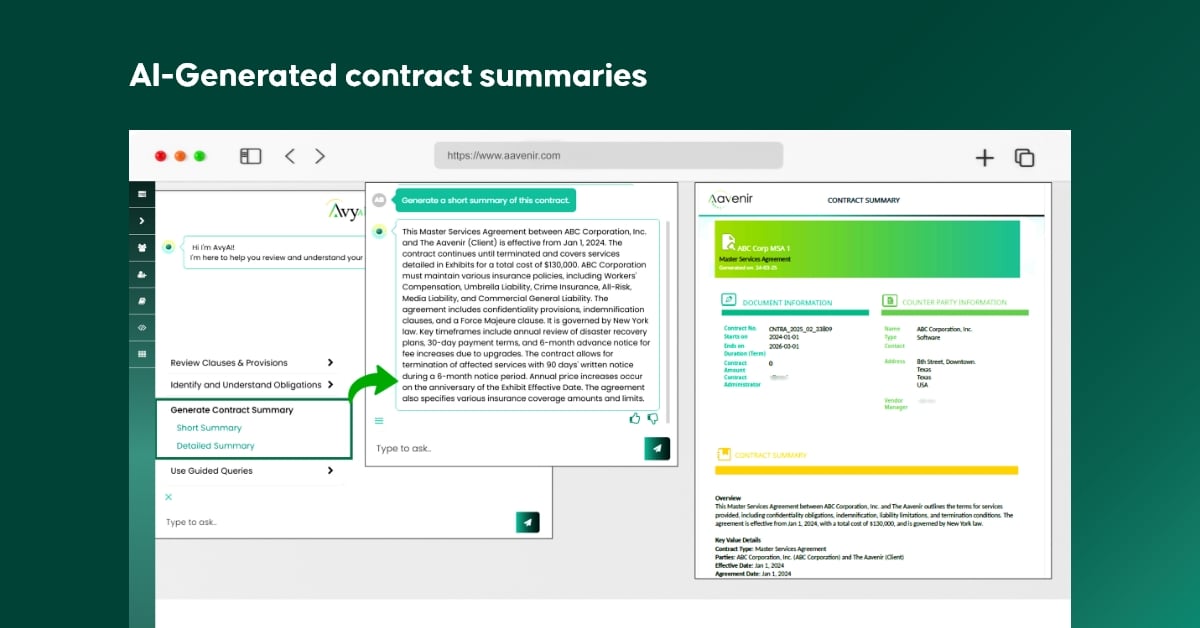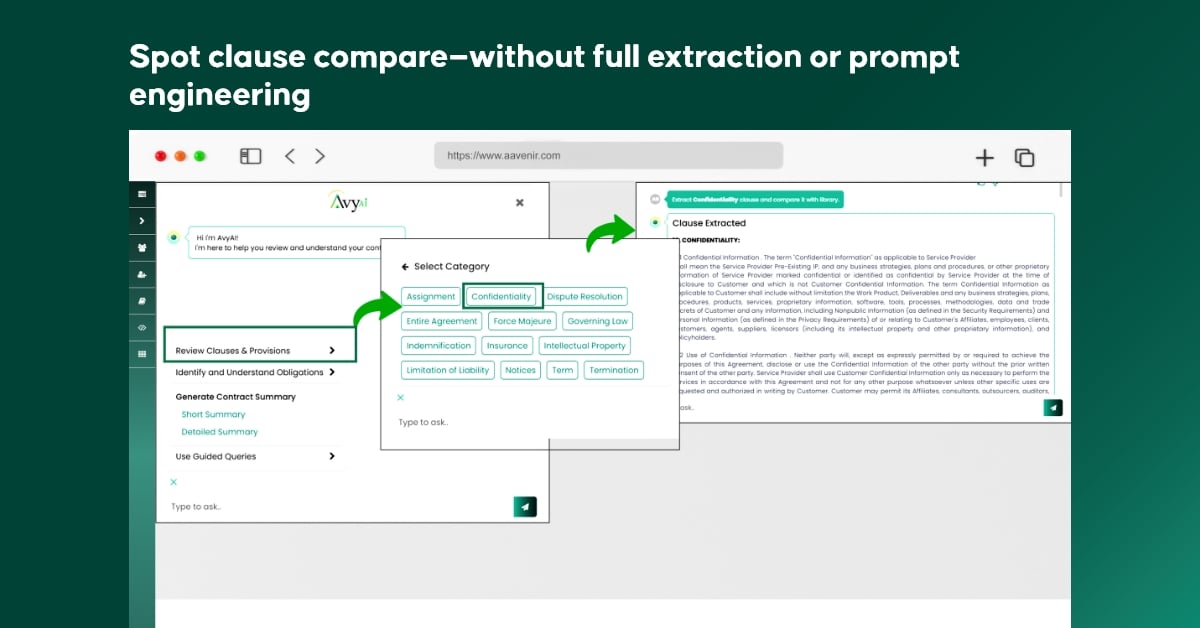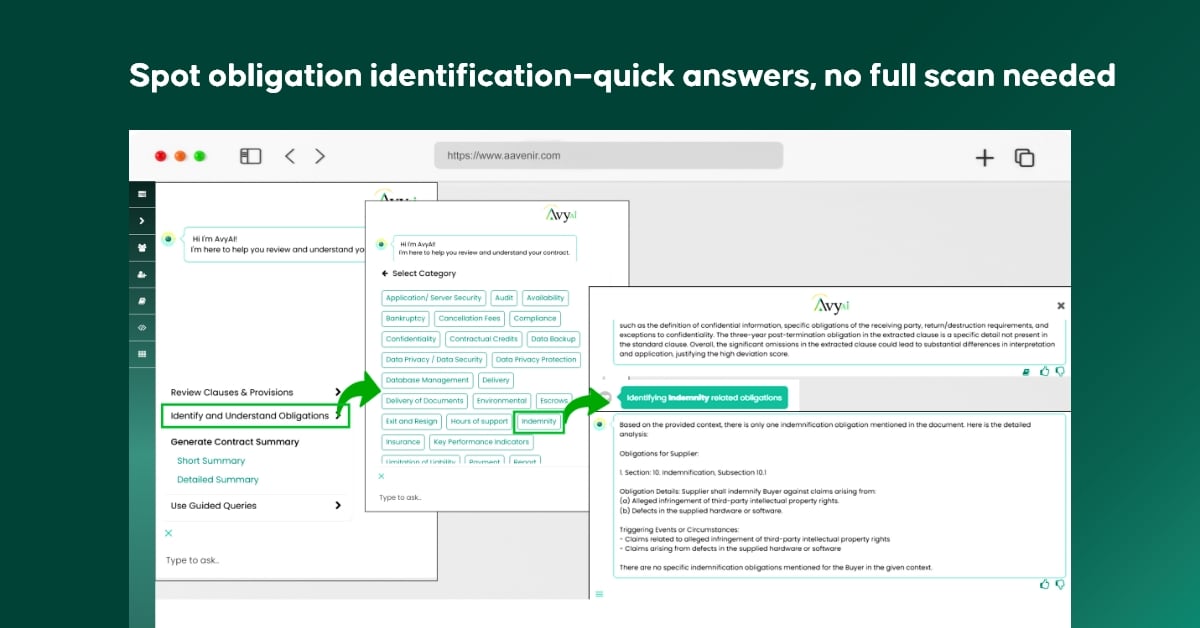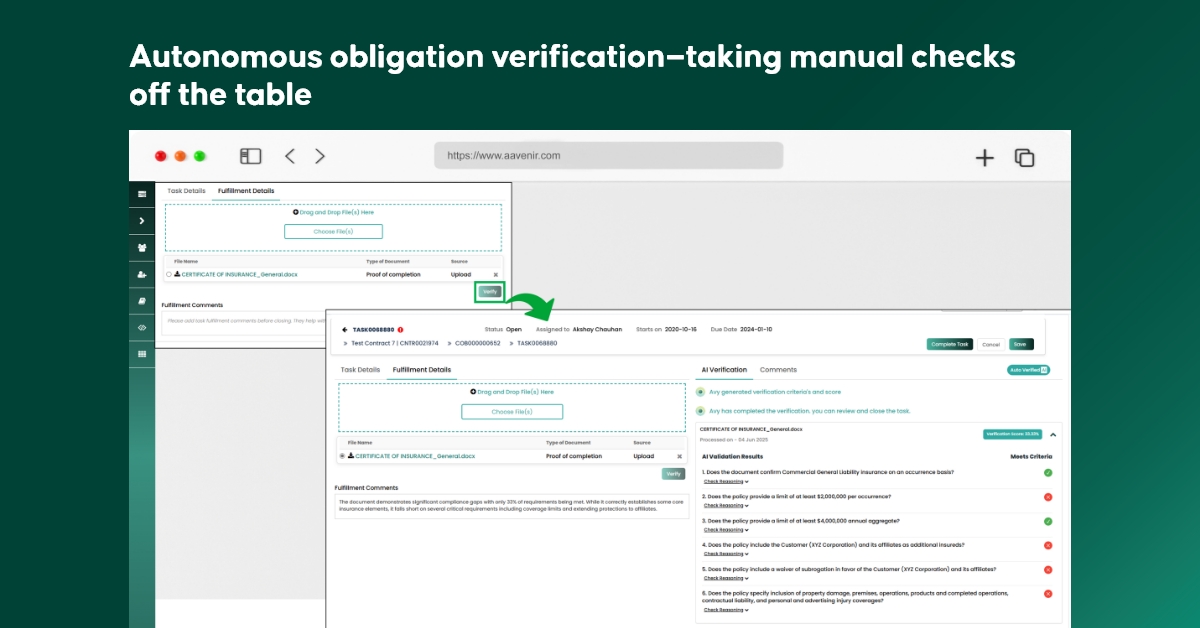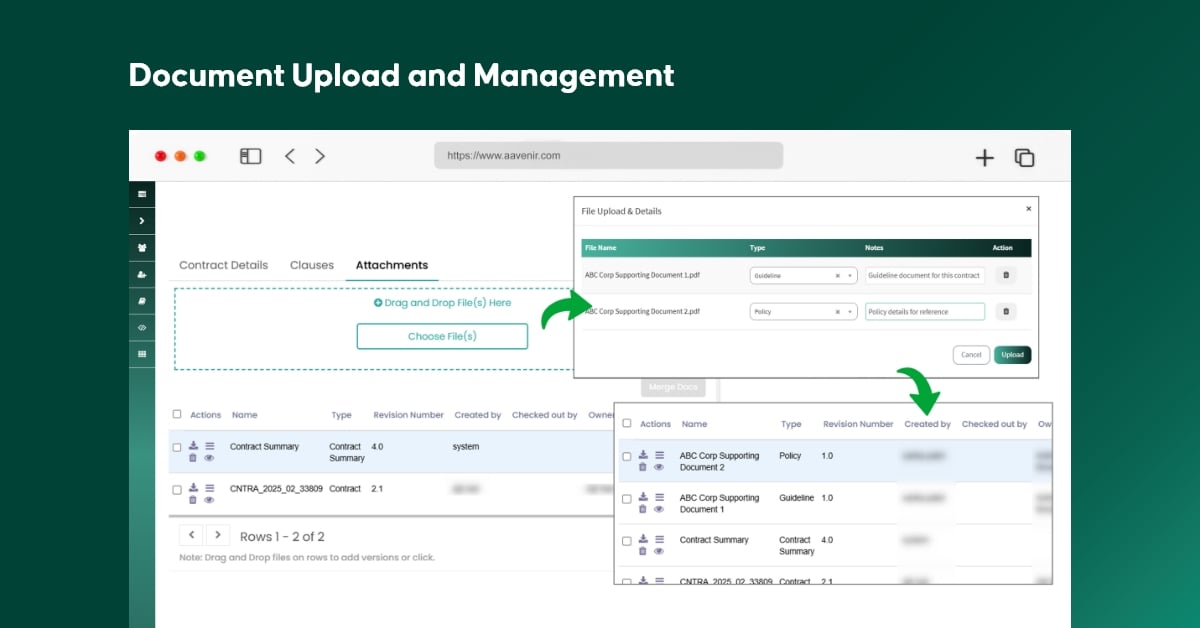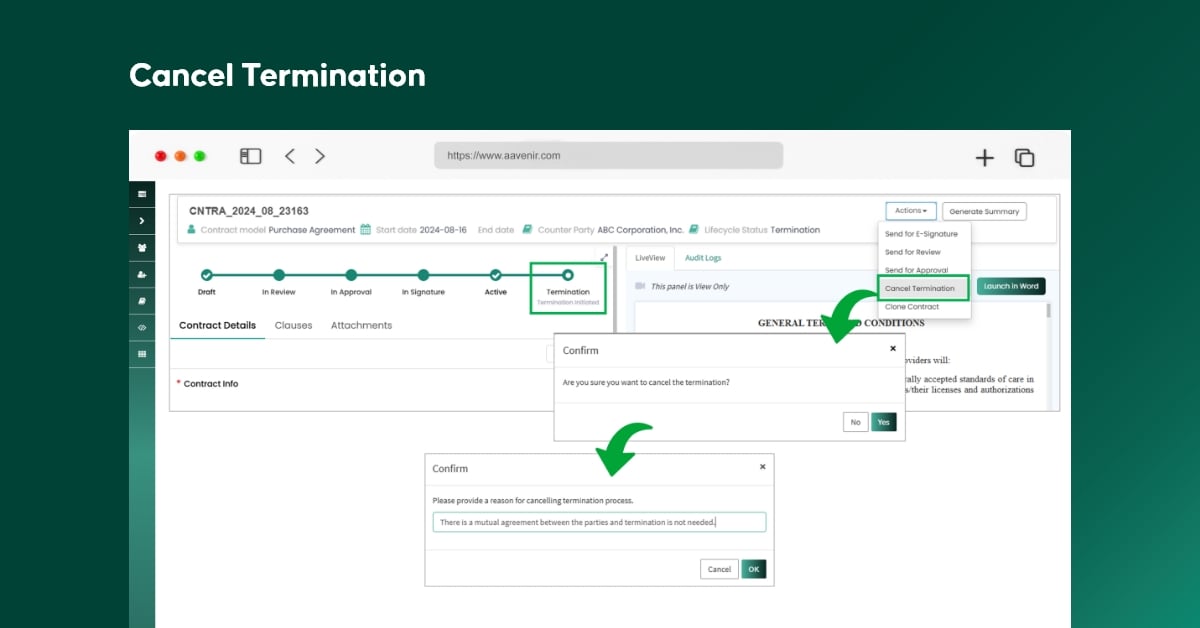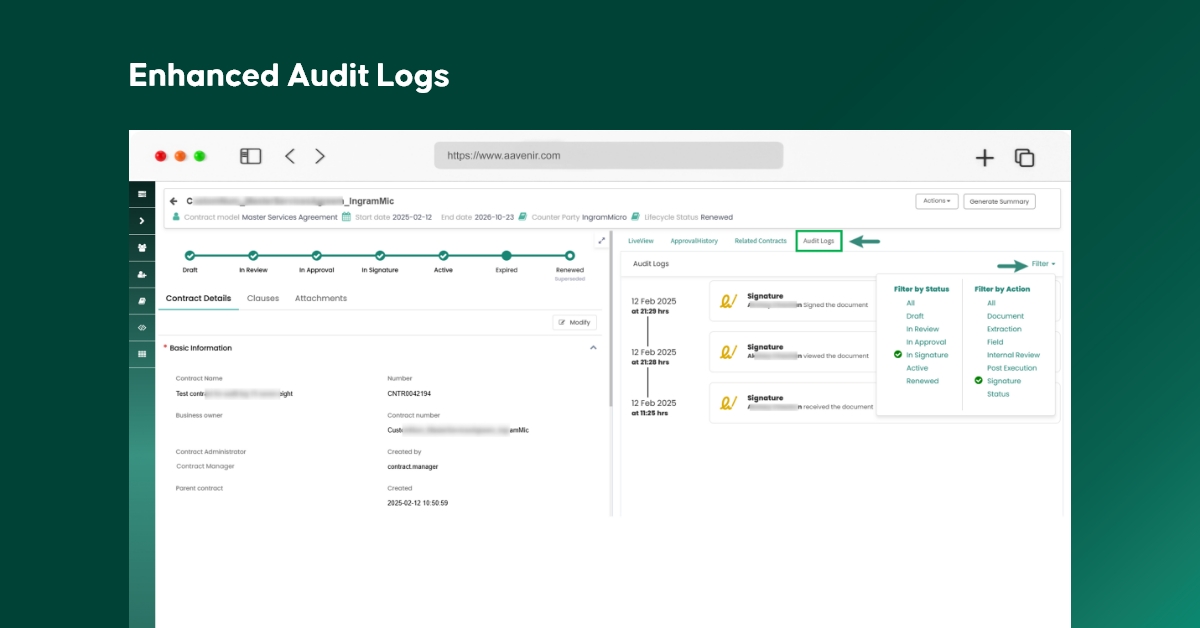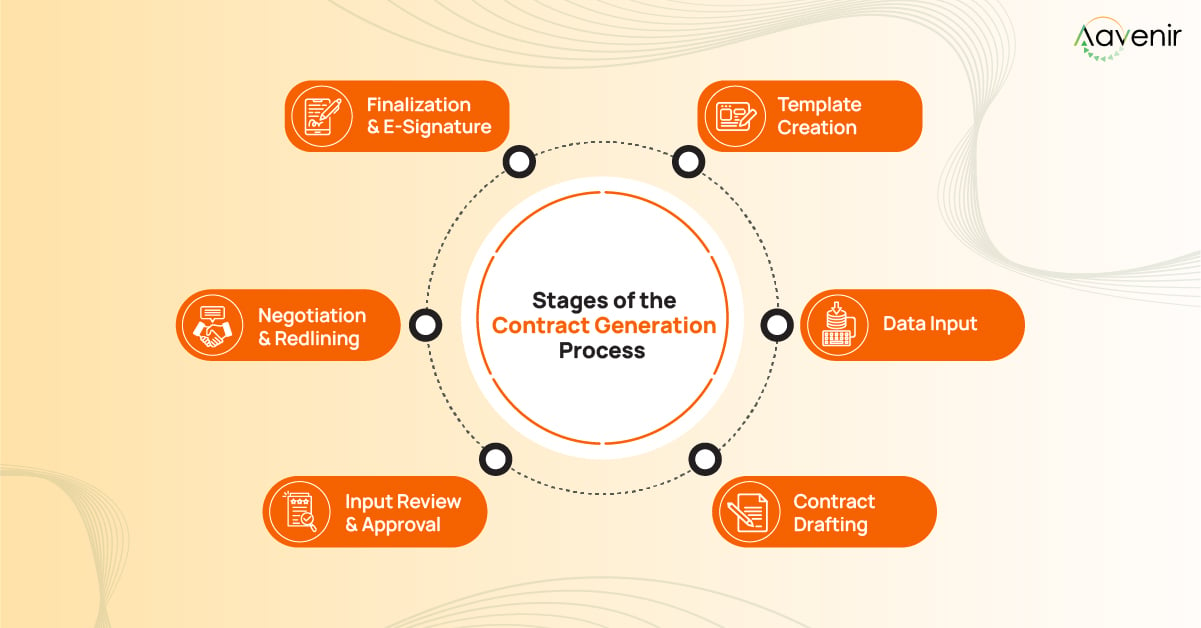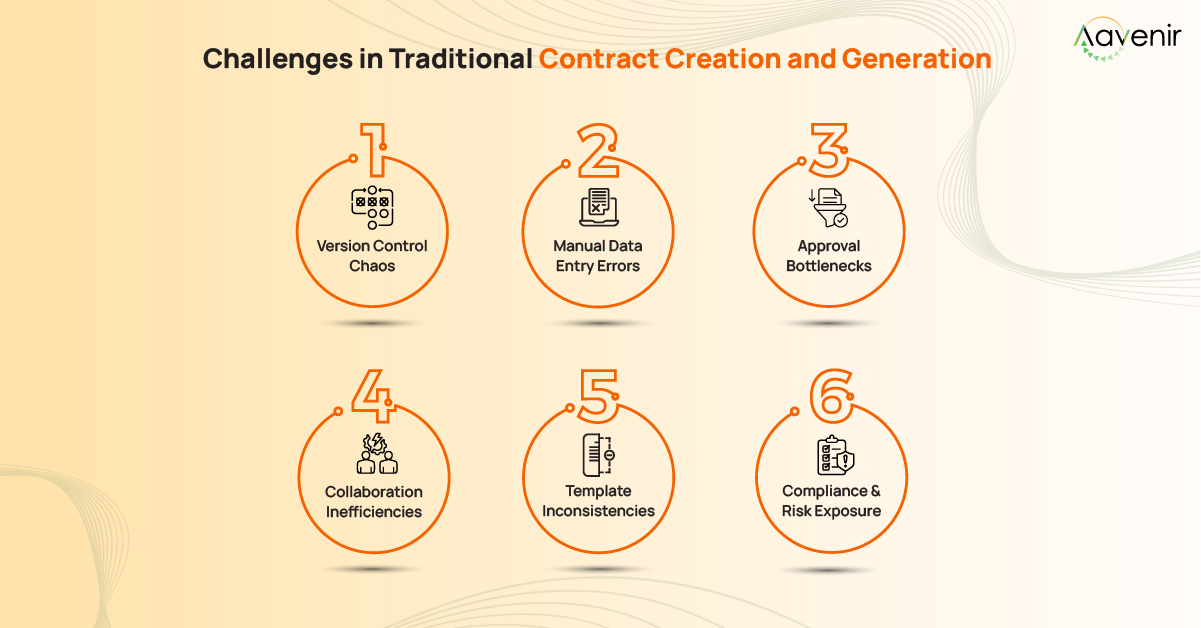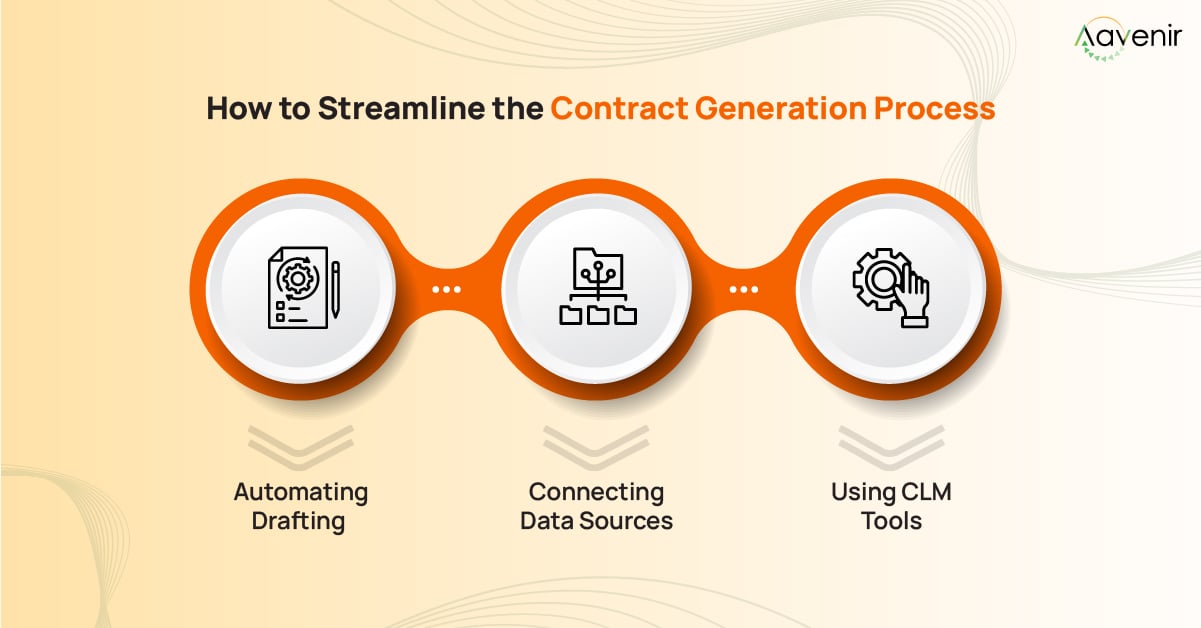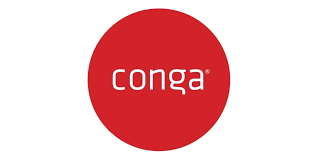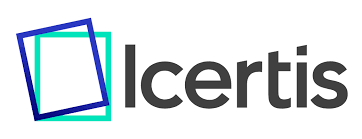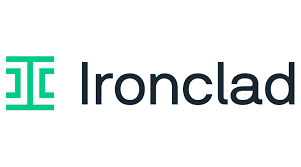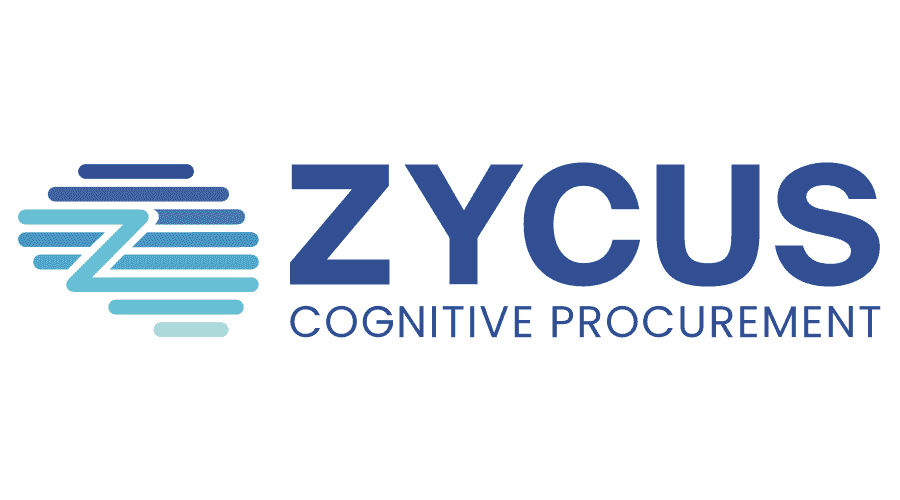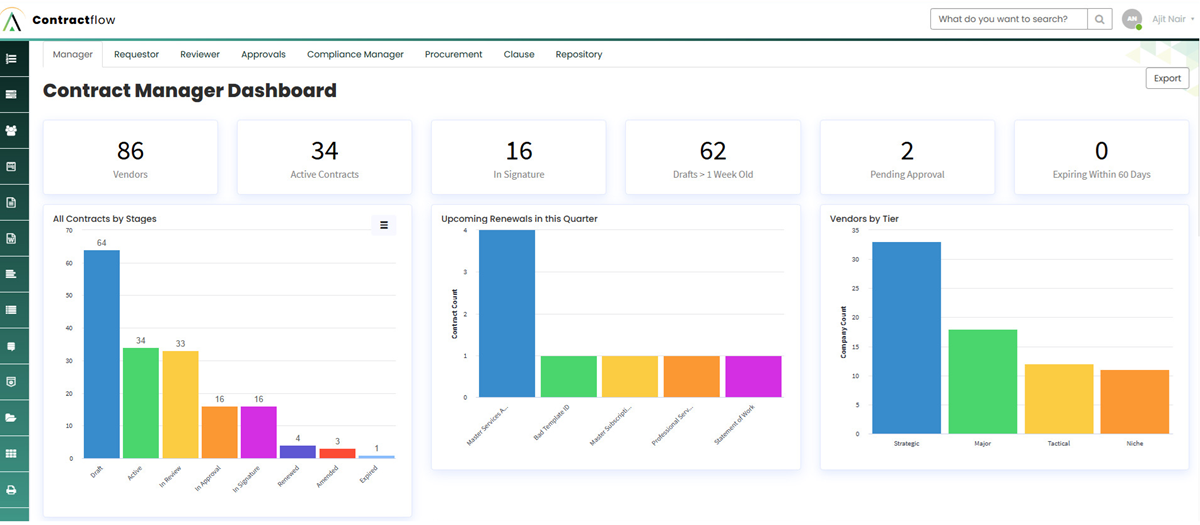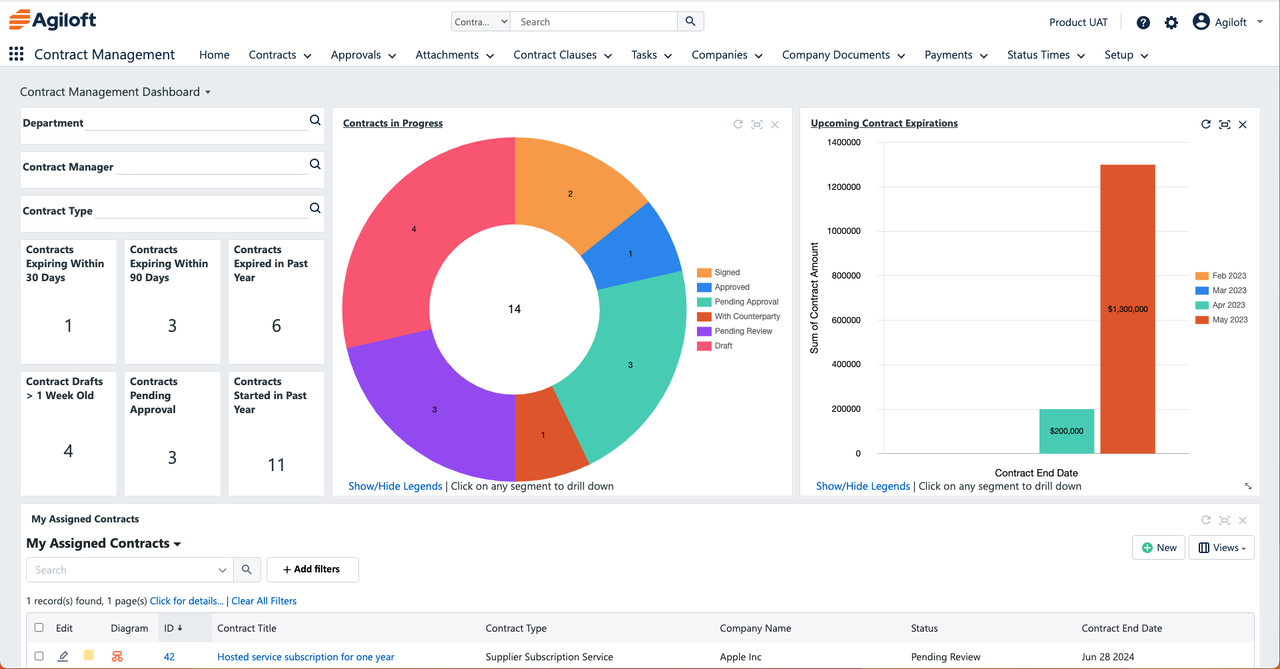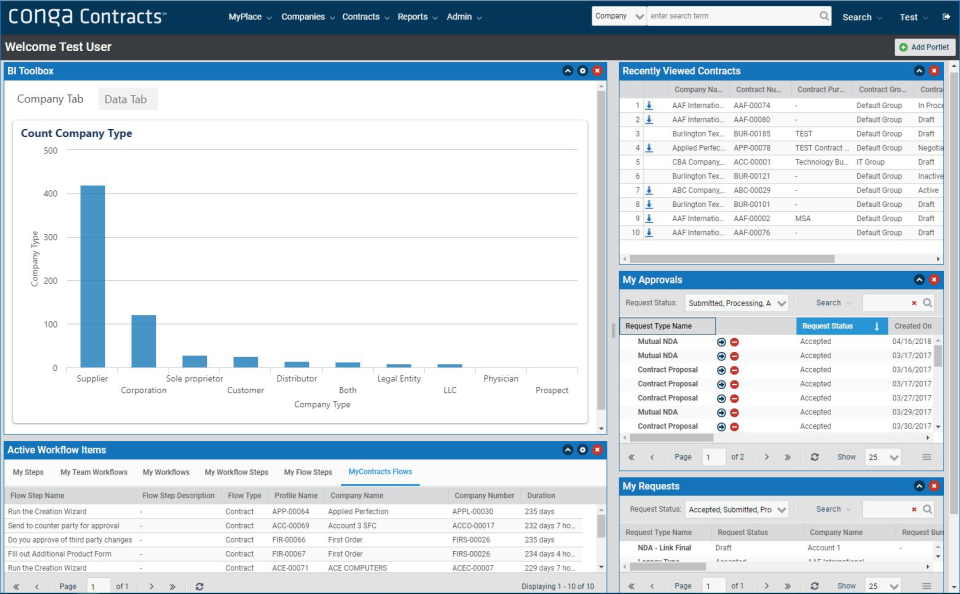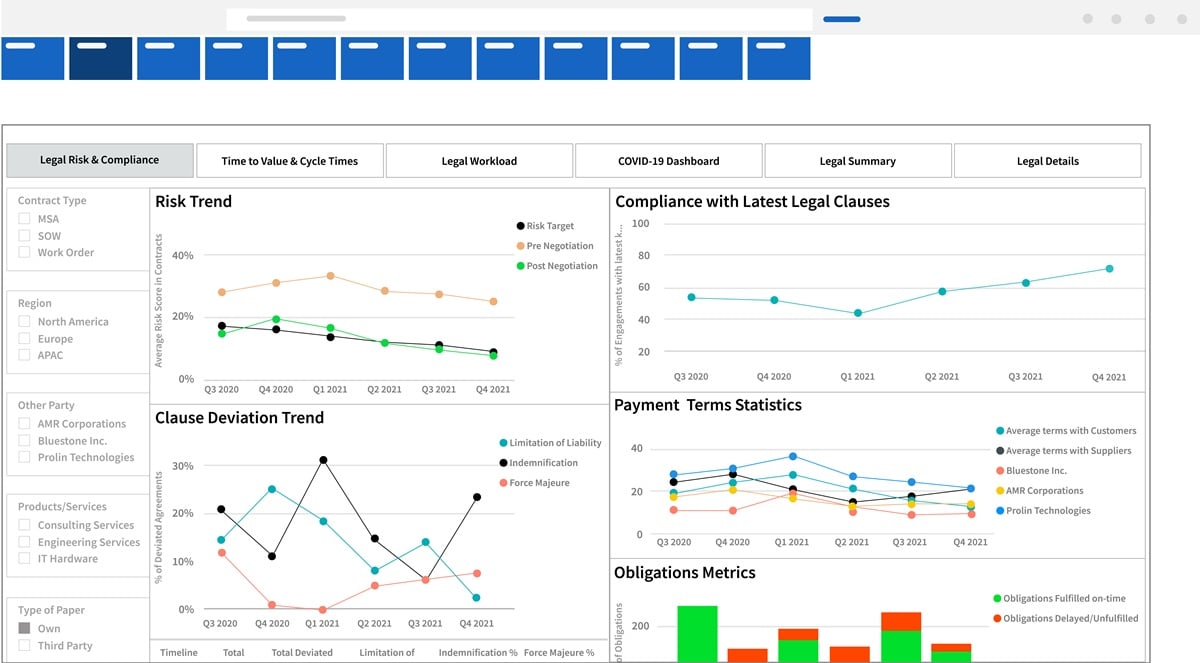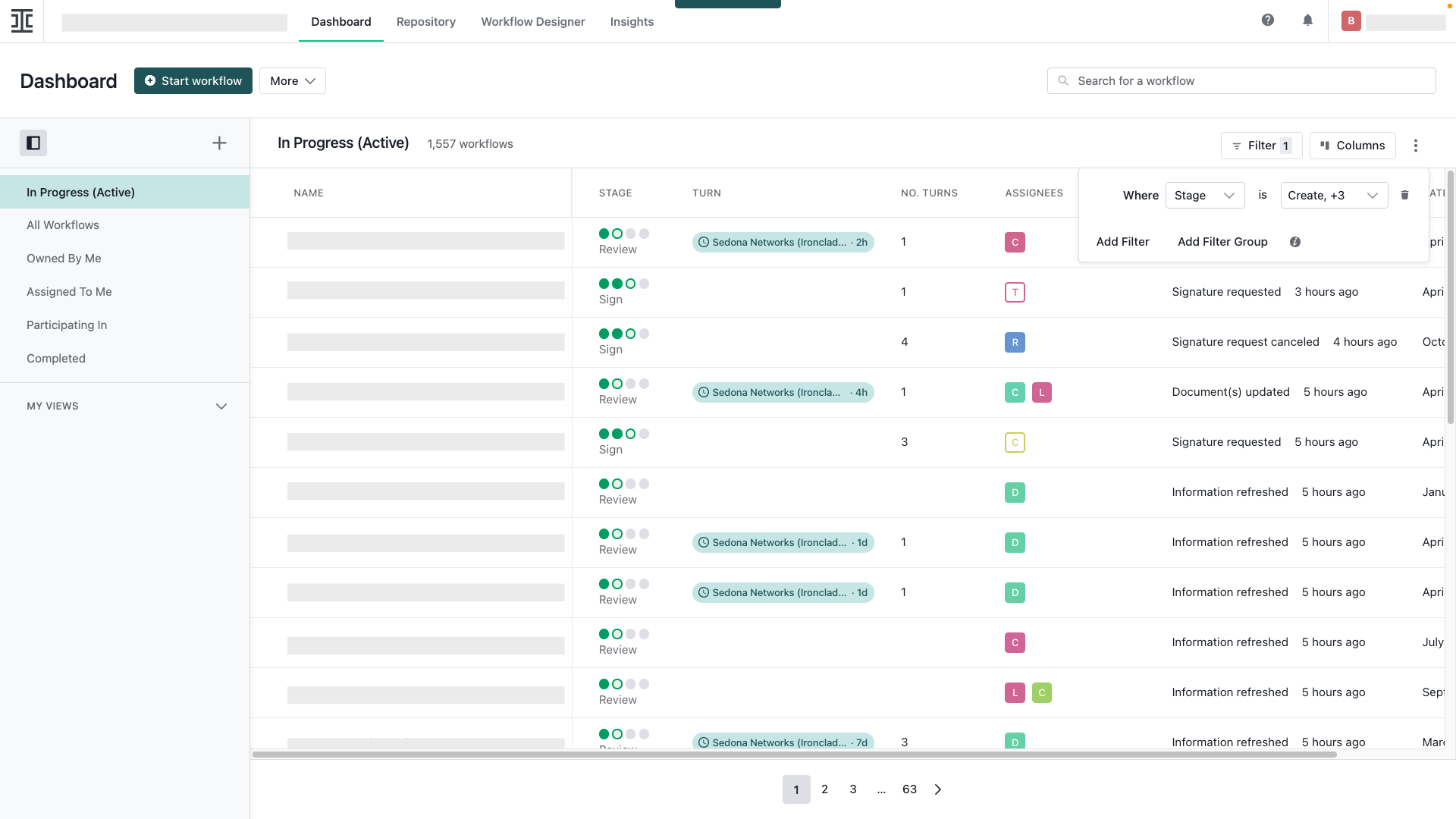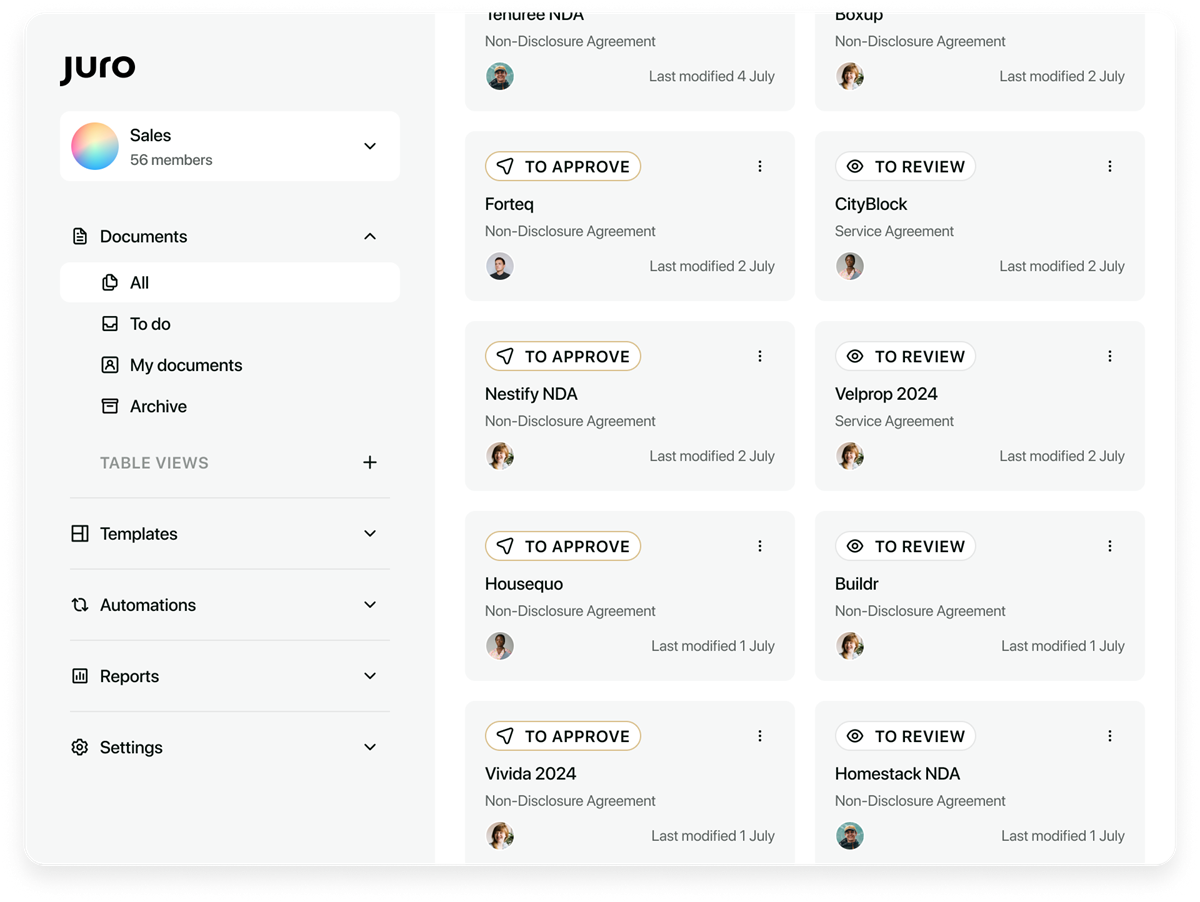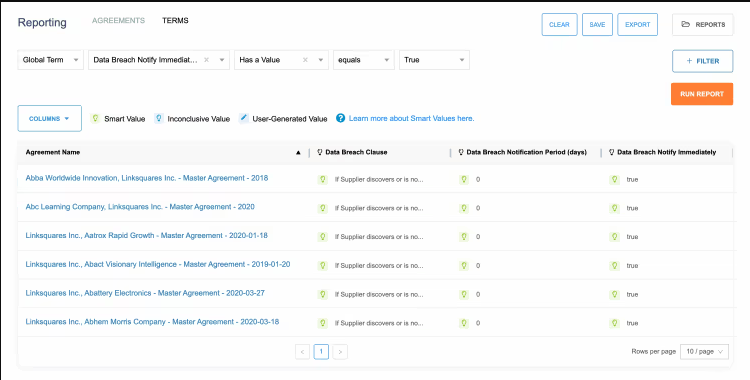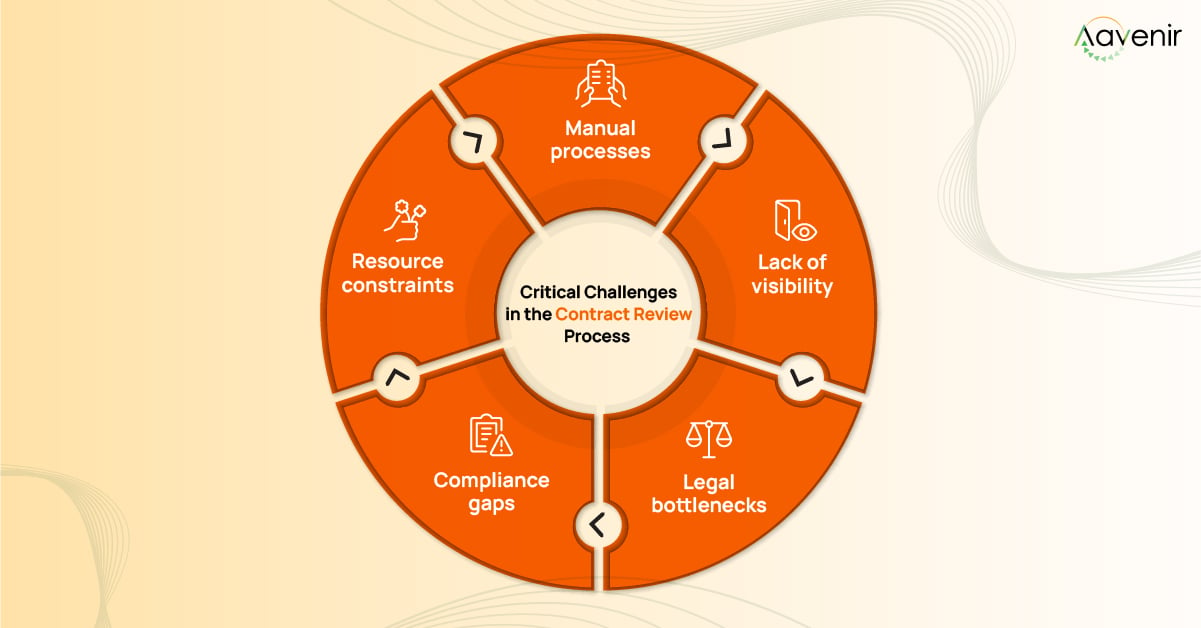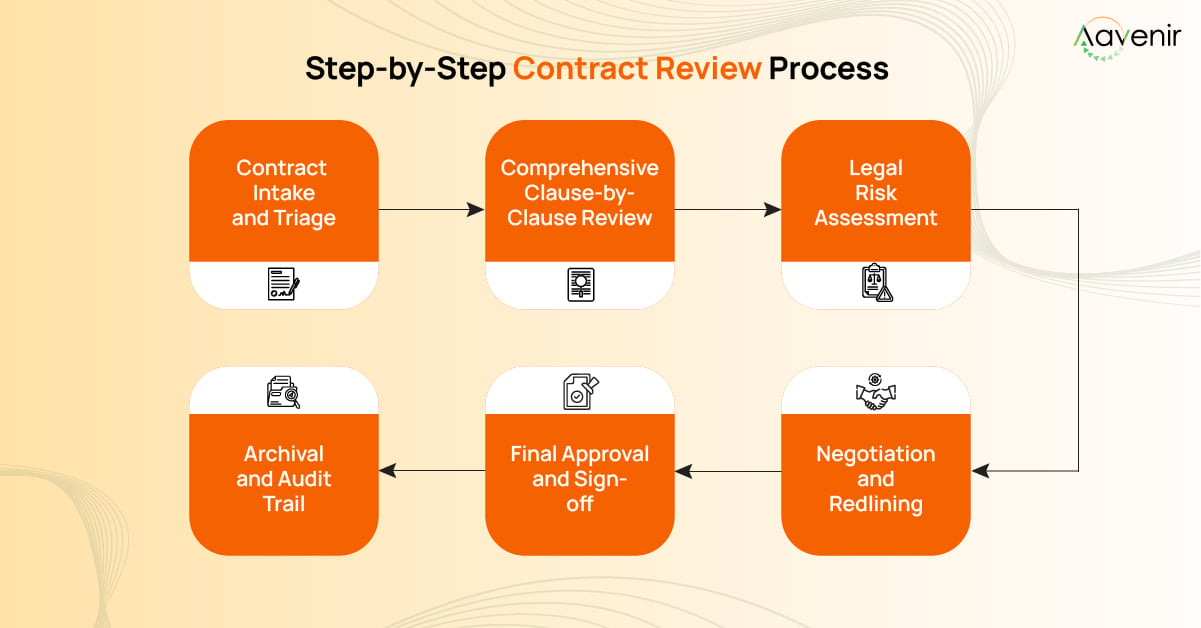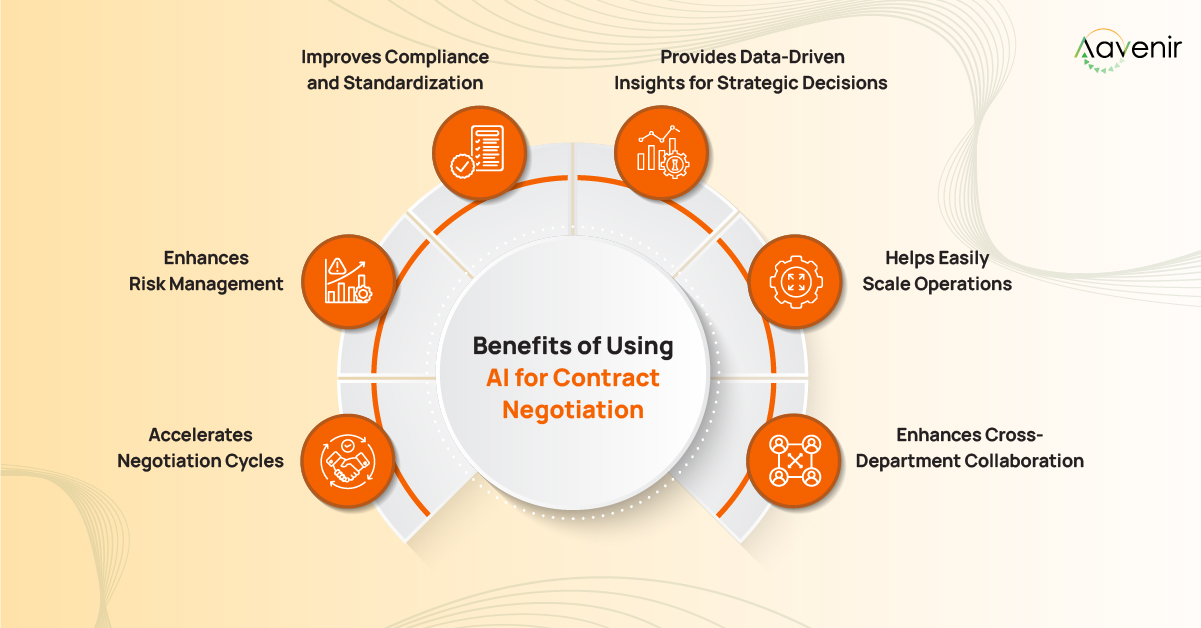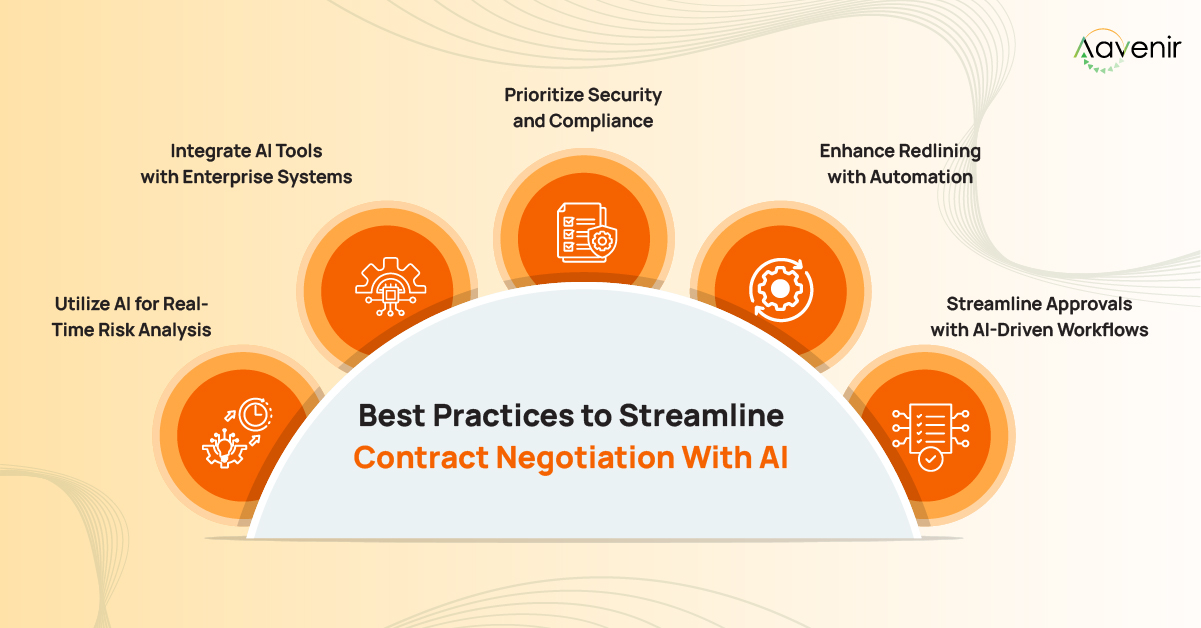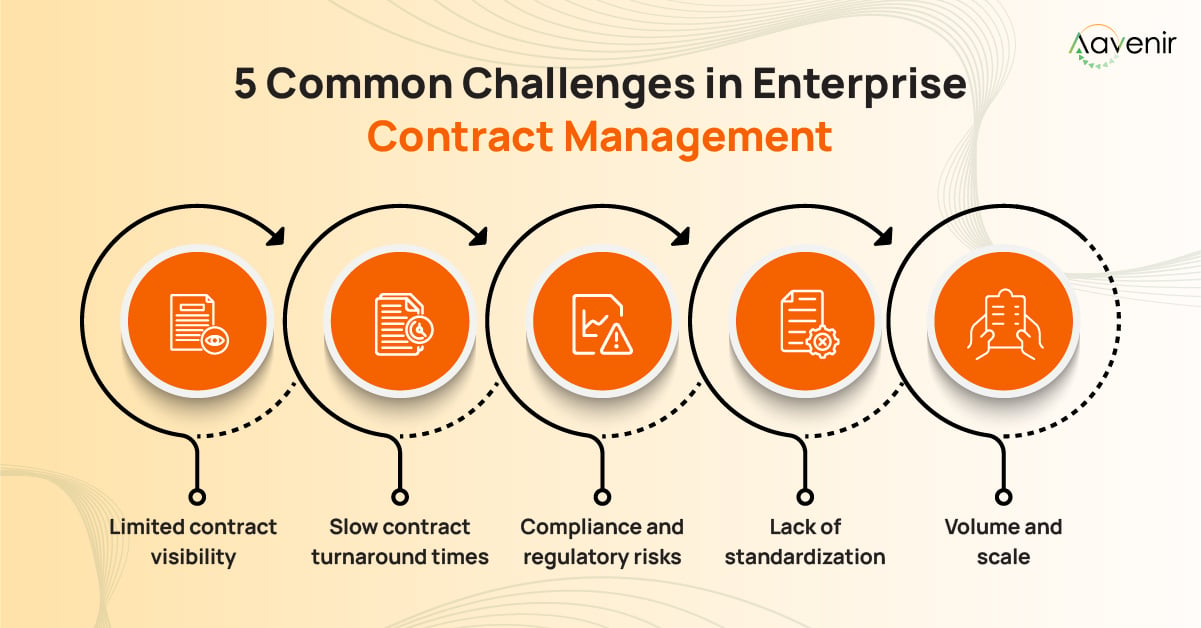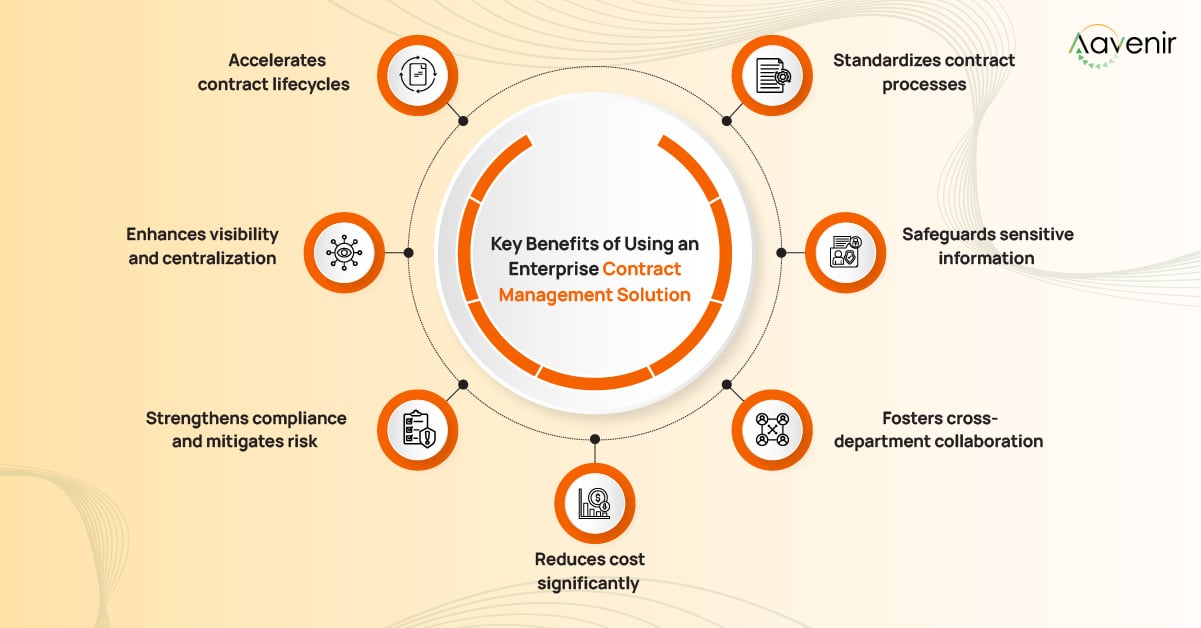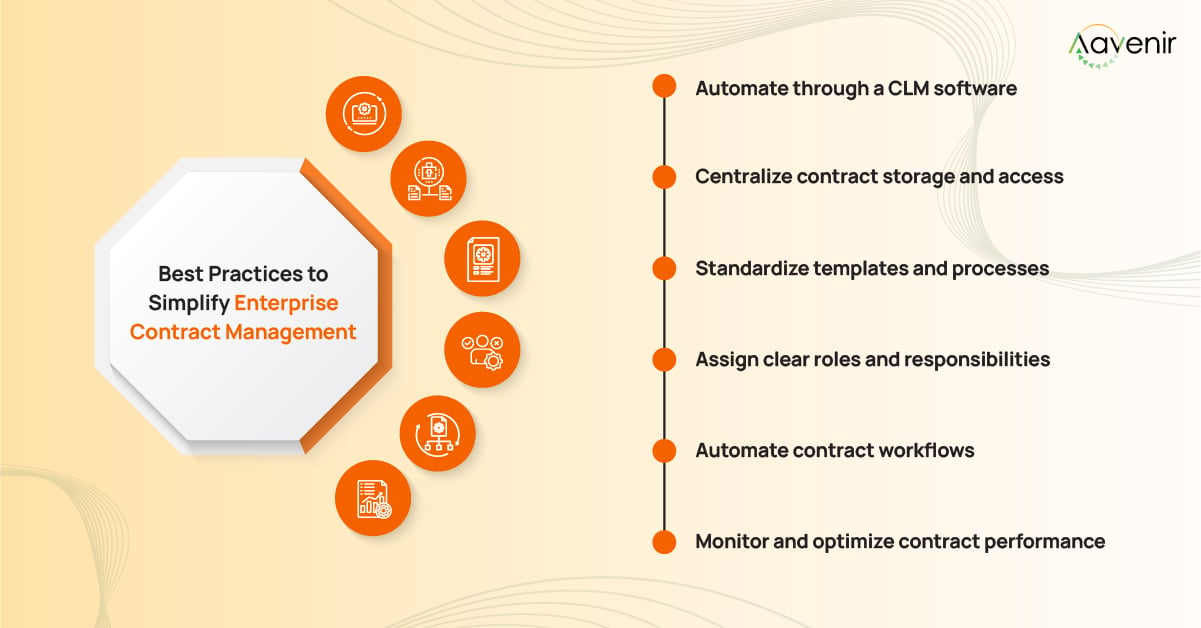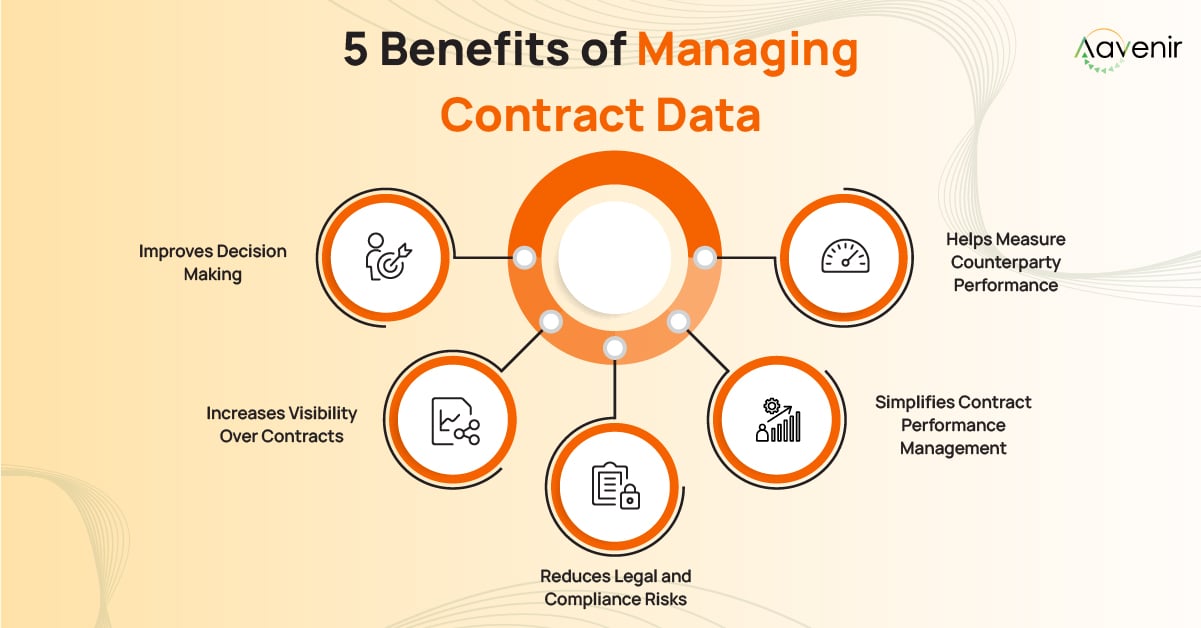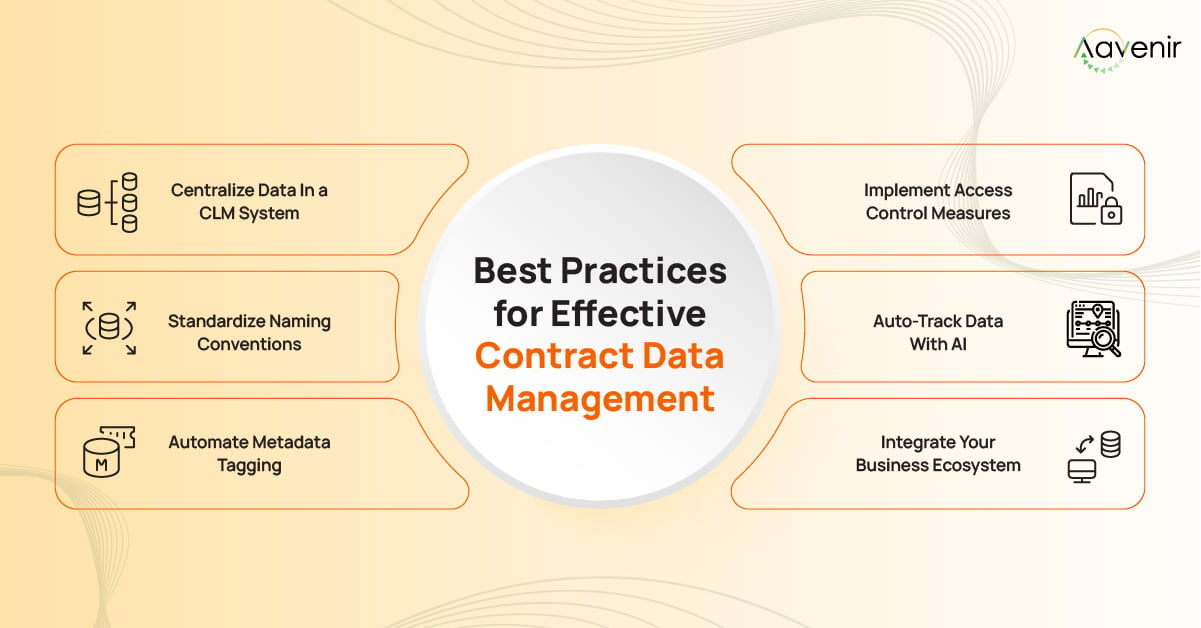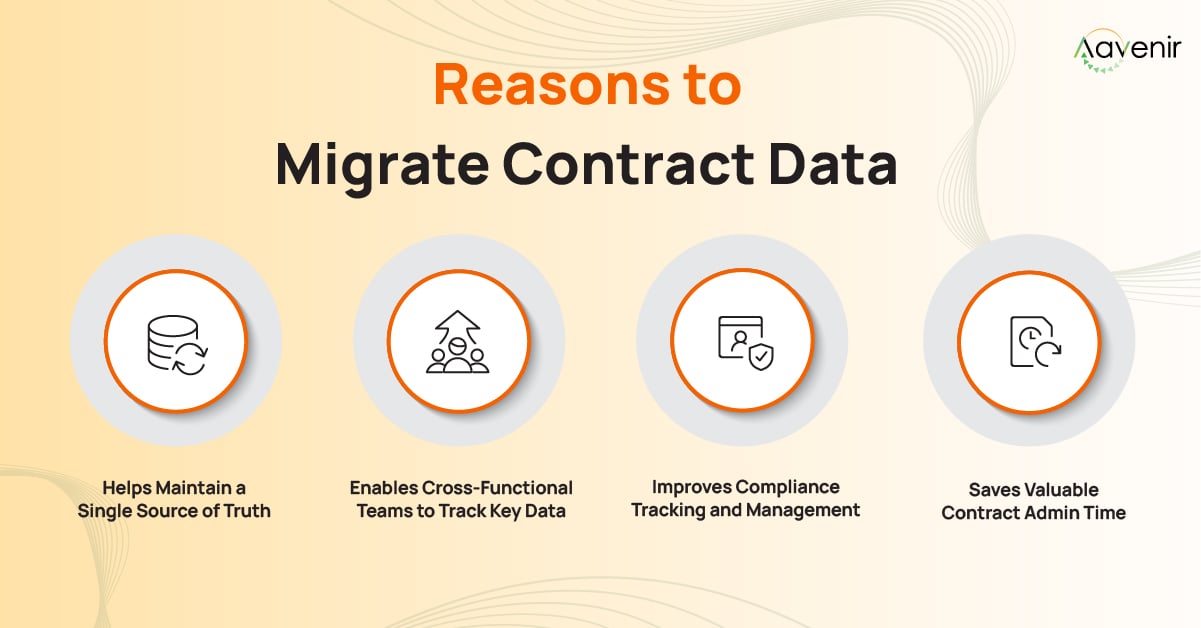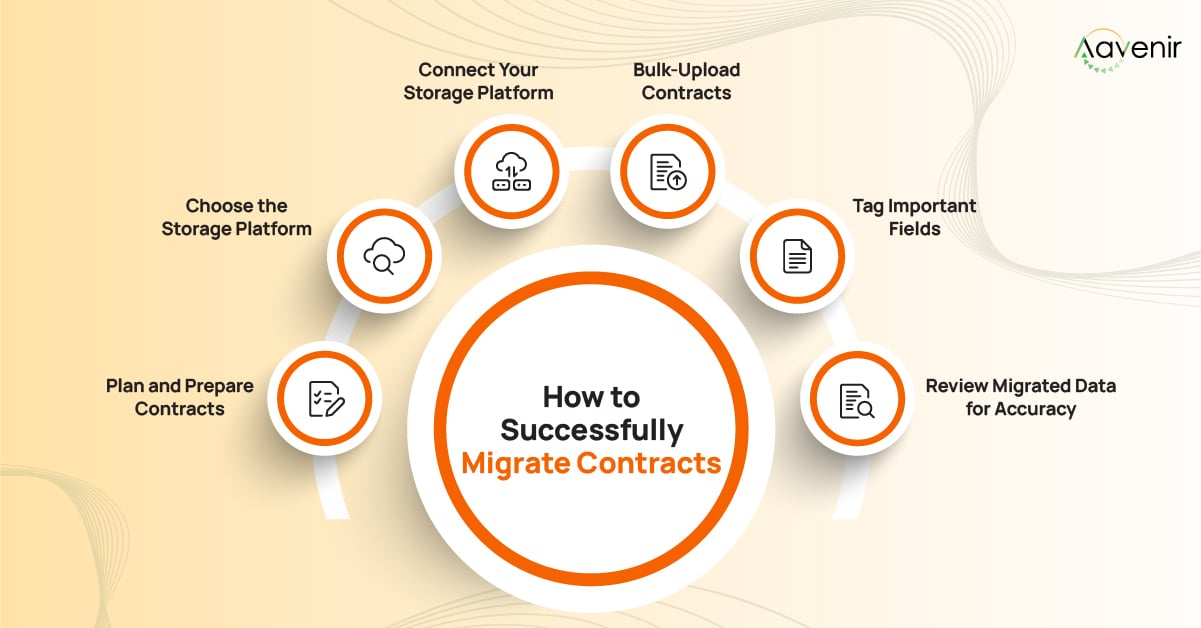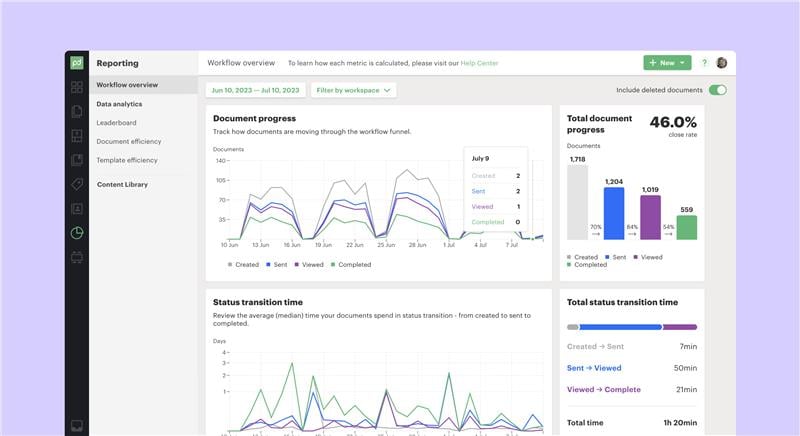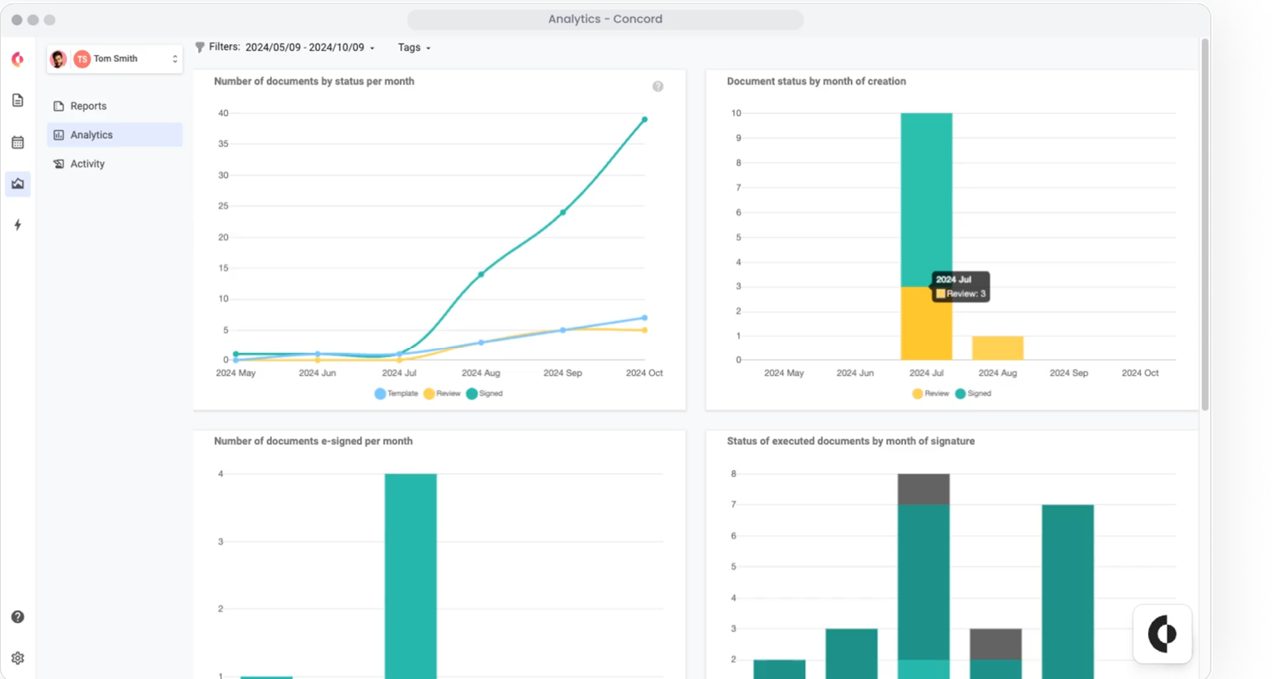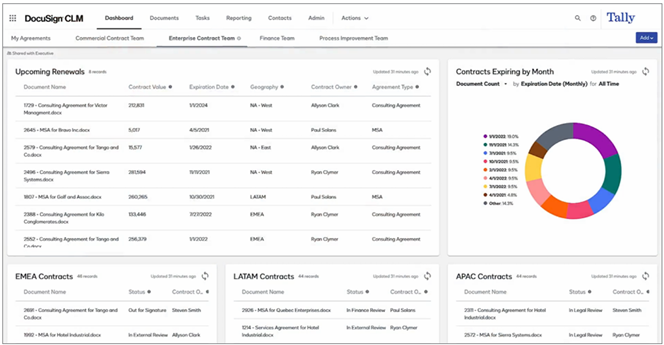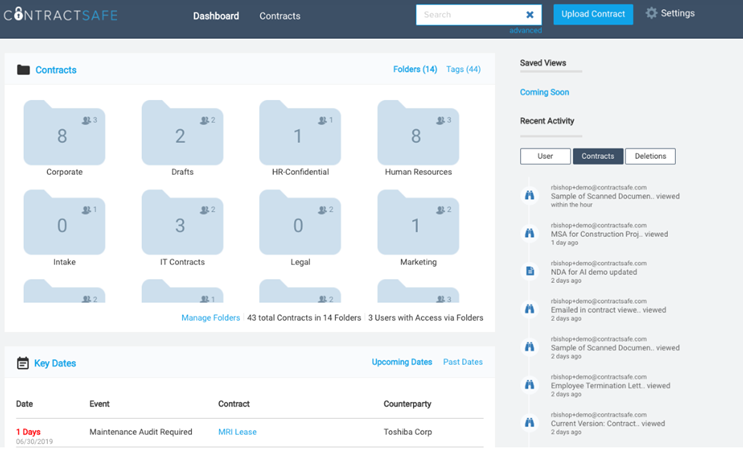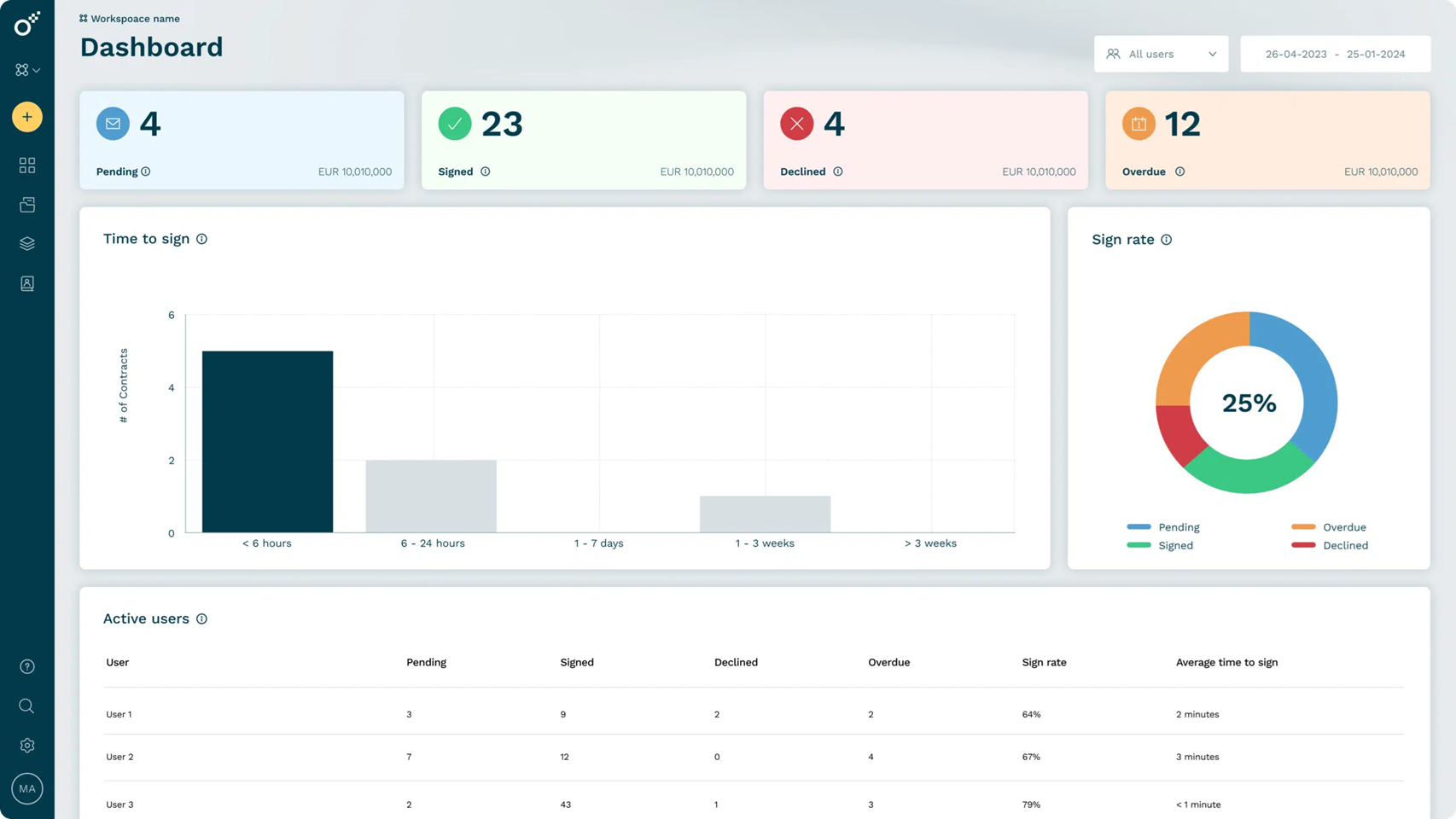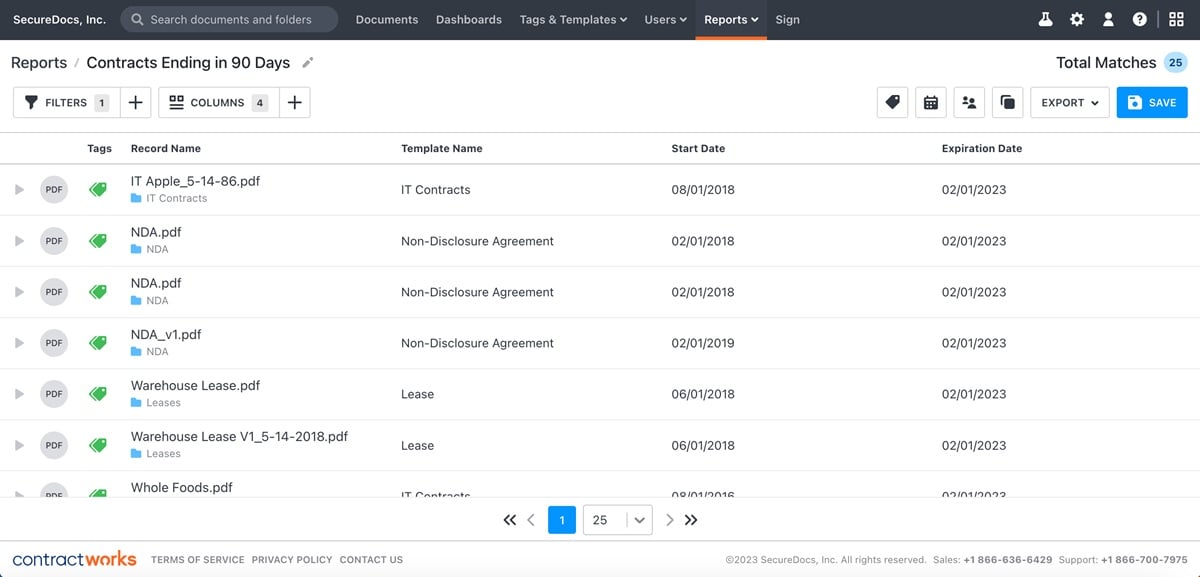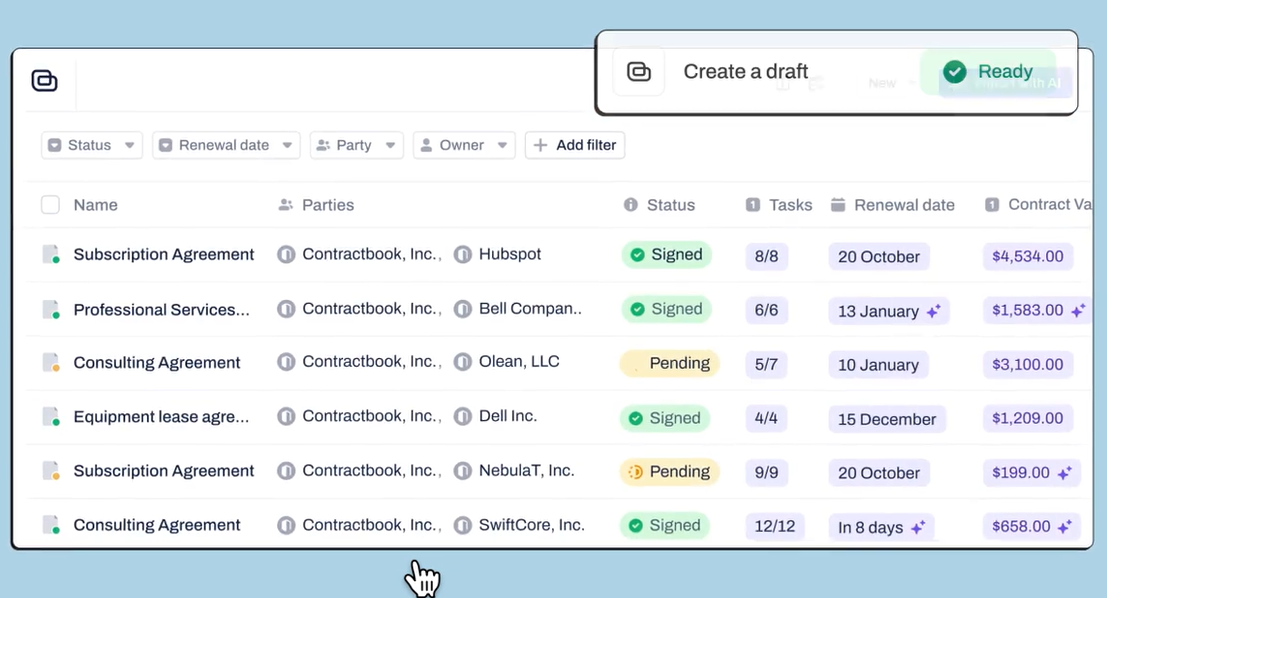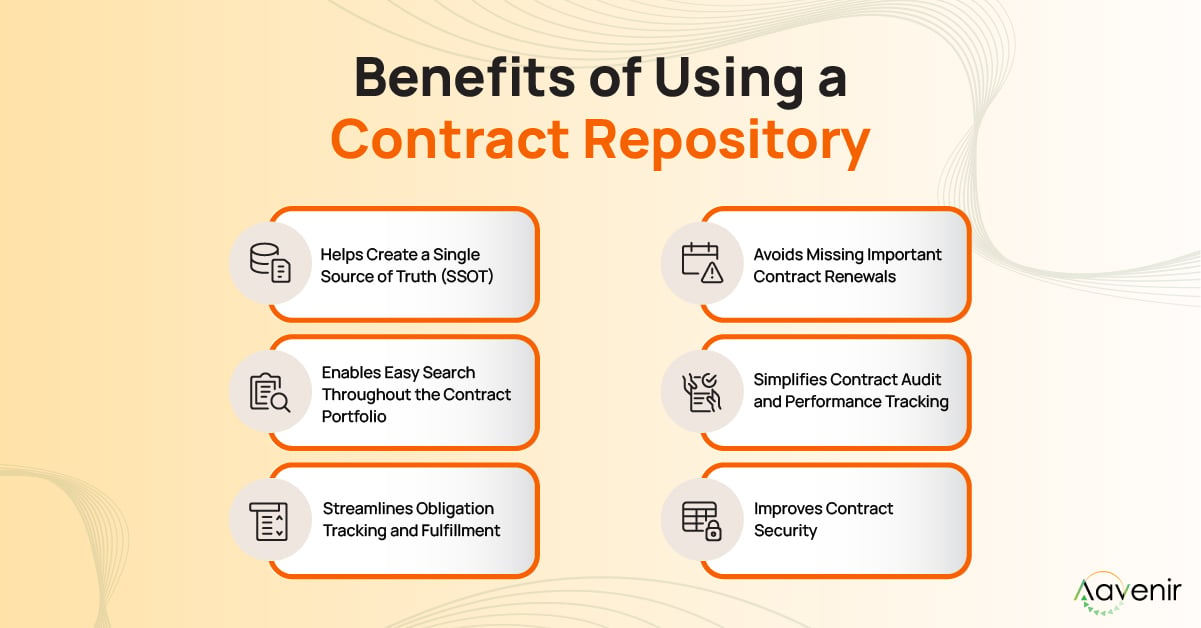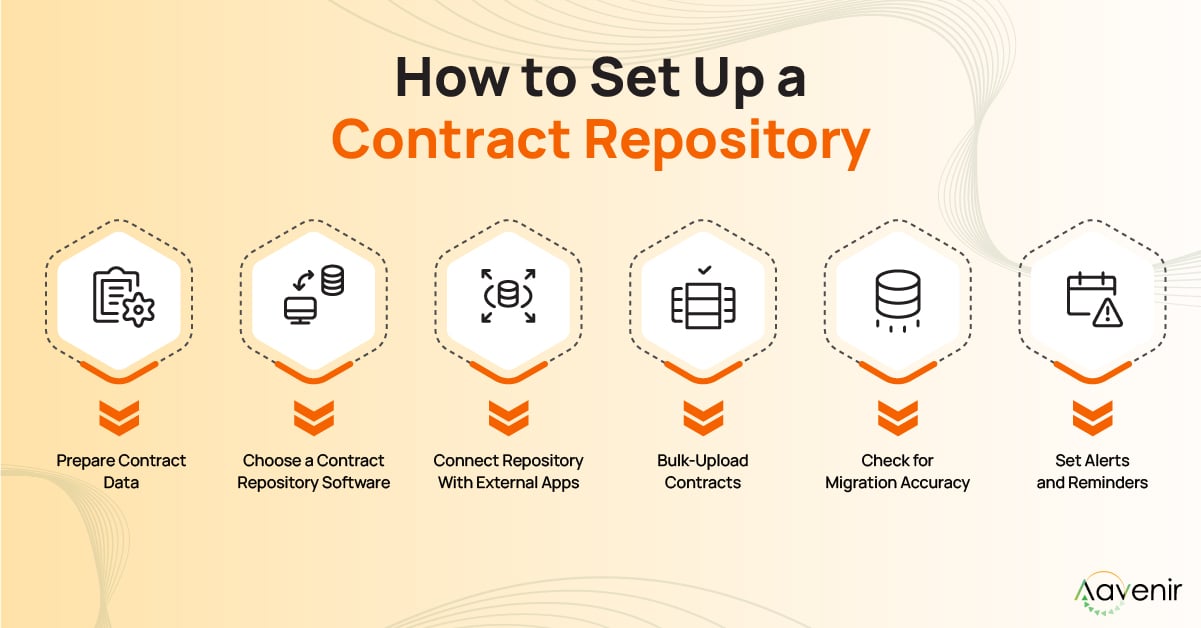Contract Approval Workflow: A Comprehensive Guide for Modern Businesses
Contracts are the backbone of business relationships, but the process of obtaining them can be a slow and fragmented journey. Without a structured workflow, approvals often get stuck in inboxes, causing delays, errors, and compliance risks. A streamlined contract approval workflow ensures contracts are reviewed, approved, and signed efficiently across departments.
In this guide, we’ll explore what a contract approval process is, the challenges with manual methods, and how automation can be a beacon of hope, accelerating approvals and reducing risk.
What is a contract approval workflow?
A contract approval workflow is a structured process that outlines how contracts are reviewed and approved before execution. It involves routing the contract to the right stakeholders — such as legal, finance, or procurement — to ensure compliance, risk management, and business alignment. This workflow brings consistency and control to an otherwise complex process. In manual setups, approvals are often slow and lack visibility.
An effective workflow eliminates confusion by defining roles, automating routing, and tracking every step. Increasingly, organizations are adopting contract management software to automate these workflows, reduce approval times, and provide real-time visibility into contract status. The goal is straightforward: faster approvals with fewer risks and greater transparency, resulting in a more secure contract management process.
Why is a well-defined contract approval process important?
A clearly defined contract approval process is critical for maintaining control, consistency, and confidence in business agreements. Here's why it matters:
- Ensures compliance and risk mitigation: Proper approvals ensure that contracts meet legal, regulatory, and internal standards — reducing risk exposure.
- Prevents revenue leakage and unauthorized terms: Approval checks help identify unfavorable clauses or pricing errors that could result in financial losses for the business.
- Reduces bottlenecks and delays: Structured workflows eliminate back-and-forth and keep contracts moving smoothly through the pipeline.
- Boosts internal transparency and accountability: Everyone knows their role, what’s pending, and who’s responsible — enabling better coordination and faster decisions.
Key Components of an efficient contract approval workflow
To streamline approvals and eliminate risk, a contract workflow must be built on a solid foundation. Here are the essentials:
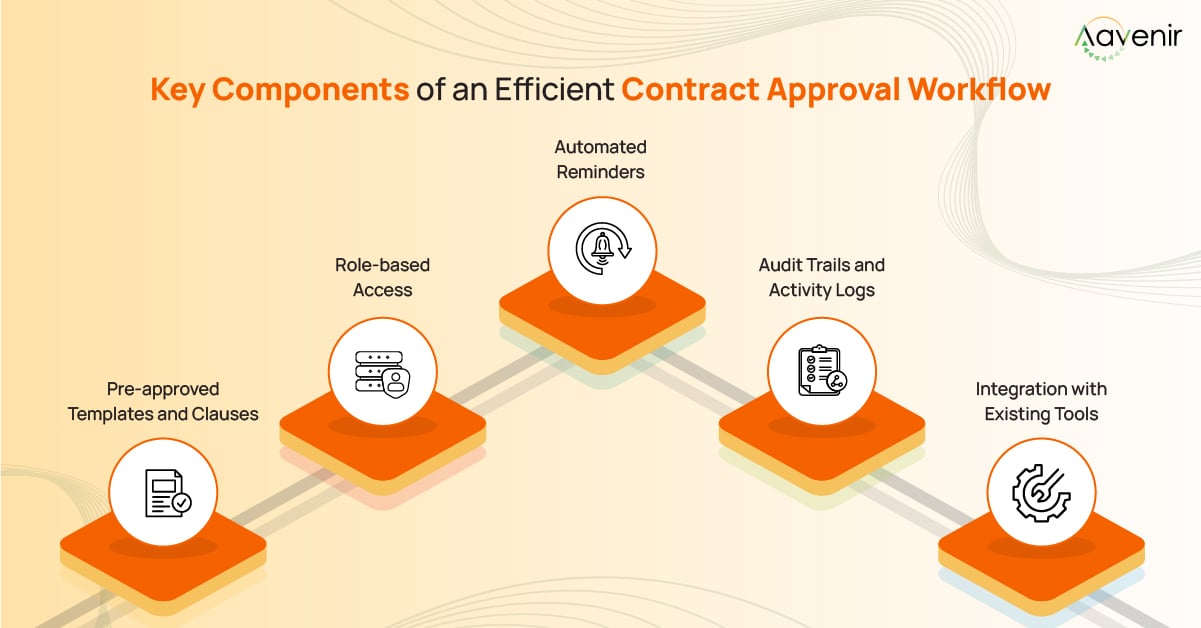
- Pre-approved templates and clauses: Ensure consistency and legal compliance from the start by using standardized, vetted contract language.
- Role-based access and defined approvers: Assign the right people to the right contracts — no confusion, no unauthorized changes.
- Automated notifications and reminders: Keep contracts moving with timely nudges and escalations that eliminate follow-up fatigue.
- Audit trails and activity logs: Maintain complete visibility into who did what and when — for complete accountability and compliance.
- Integration with existing tools: Workflows that integrate with your daily tools, such as CRM and email, enable faster collaboration and fewer silos.
By implementing a workflow built on these components, your organization can save time and resources, reduce the risk of errors and disputes, and ensure compliance with legal and regulatory requirements. This is exactly what modern contract management demands.
6 Common challenges in the manual contract approval process
Despite their critical role in business operations, contract approvals are often hindered by outdated, manual methods. The reliance on emails, spreadsheets, and verbal follow-ups not only slows down the process but also introduces risks that can significantly impact revenue, compliance, and relationships.
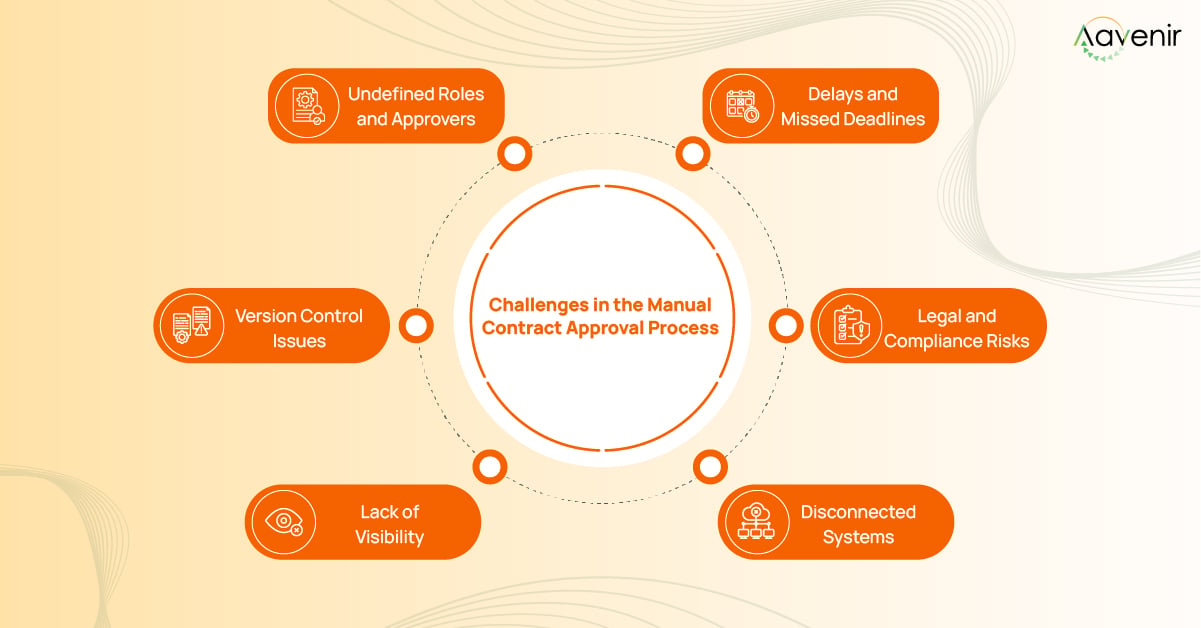
Here are the 6 most common challenges organizations face with manual contract approval workflows:
1. Lack of visibility and transparency
Imagine the frustration of not knowing the current status of a contract within the approval cycle. Without a centralized contract repository, stakeholders often lose track of who has the document, what changes have been made, or what’s holding up the process. This lack of visibility can be a major source of inefficiency and stress.
2. Version control issues
When contracts are shared back and forth via email, multiple versions quickly pile up — increasing the risk of working on outdated drafts or missing important redlines. Learn more about contract version control and how to manage it effectively.
3. Undefined roles and approval paths
Manual processes often lack clearly defined rules for who needs to approve what. This leads to confusion, duplicated efforts, and contracts being routed to the wrong people. The resulting inefficiency and potential for errors can be a significant source of frustration.
4. Delays due to follow-ups
Chasing stakeholders for approvals consumes valuable time. Without automated reminders or escalation paths, contracts can sit idle for days or even weeks.
5. Increased risk of non-compliance
Approving contracts without a formal workflow can lead to overlooked clauses, unauthorized changes, or non-standard terms — exposing the organization to legal and financial risk. The potential for non-compliance in manual processes can be a major concern for any business.
6. Disconnected systems and siloed teams
When teams work in separate tools and platforms, information gets lost, collaboration suffers, and the approval cycle slows down further.
While manual contract approval processes might seem manageable on a small scale, as your business grows, so do the inefficiencies and risks. This is why many organizations are turning to automated workflows, a solution that can effectively address these challenges, as we’ll explore next.
6 Benefits of automated contract approval workflows
Modern businesses operate in fast-paced, compliance-driven environments where the burden of manual contract approvals can lead to lost revenue, legal exposure, or strained relationships. Automating the contract approval process liberates us from this manual, error-prone task, transforming it into a streamlined, transparent, and scalable workflow.
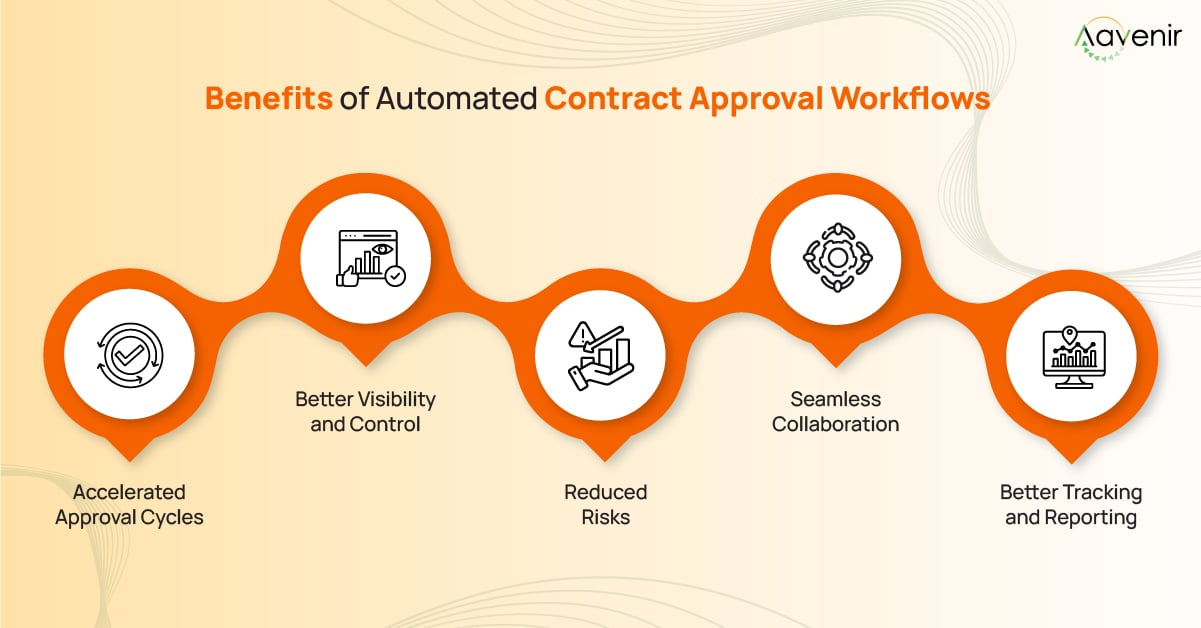
Here’s a closer look at the key benefits of automating contract approvals:
1. Accelerated turnaround time
Automation eliminates the delays caused by manual routing and back-and-forth emails, making the contract approval process more efficient. Contracts are instantly assigned to the right stakeholders based on pre-configured rules — whether it’s based on value, type, geography, or risk level. This speeds up internal reviews and helps organizations close deals faster and more efficiently.
2. Real-time visibility and control
With automated workflows, every stakeholder has real-time access to the contract’s status. Teams can proactively see who has approved, who’s next in line, and what’s pending — all from a centralized dashboard. This transparency reduces miscommunication, improves accountability, and helps leadership track contract bottlenecks more proactively.
3. Risk reduction and compliance assurance
Manual processes are prone to missed steps, unauthorized changes, and inconsistent reviews. Automation helps enforce compliance by routing contracts through the appropriate legal or risk teams, using approved templates, and maintaining a complete audit trail. Every action is tracked and timestamped, helping organizations meet regulatory and internal policy requirements.
4. Seamless cross-department collaboration
Contracts often involve multiple departments — sales, legal, finance, procurement, and operations. Automated workflows bring all stakeholders onto a single platform where they can collaborate, comment, and approve in real-time. This eliminates version control issues and speeds up internal communication.
5. Standardization across the board
Automation ensures contracts follow standardized processes and use pre-approved templates and clause libraries. This minimizes errors, reduces negotiation time, and ensures every agreement aligns with company policies and risk thresholds.
6. Actionable insights through reporting and analytics
Automated systems capture valuable data throughout the approval lifecycle — average approval times, bottleneck points, team performance, and more. With these insights, legal and operations teams can continuously improve processes, set realistic SLAs, and make data-driven decisions to drive efficiency.
By adopting an automated contract approval workflow, organizations gain the dual advantage of speed and compliance. This means they can accelerate growth by closing deals faster and more efficiently while also reducing legal and operational risk by ensuring every agreement aligns with company policies and risk thresholds.
Step-by-step guide to optimizing your contract approval workflow process
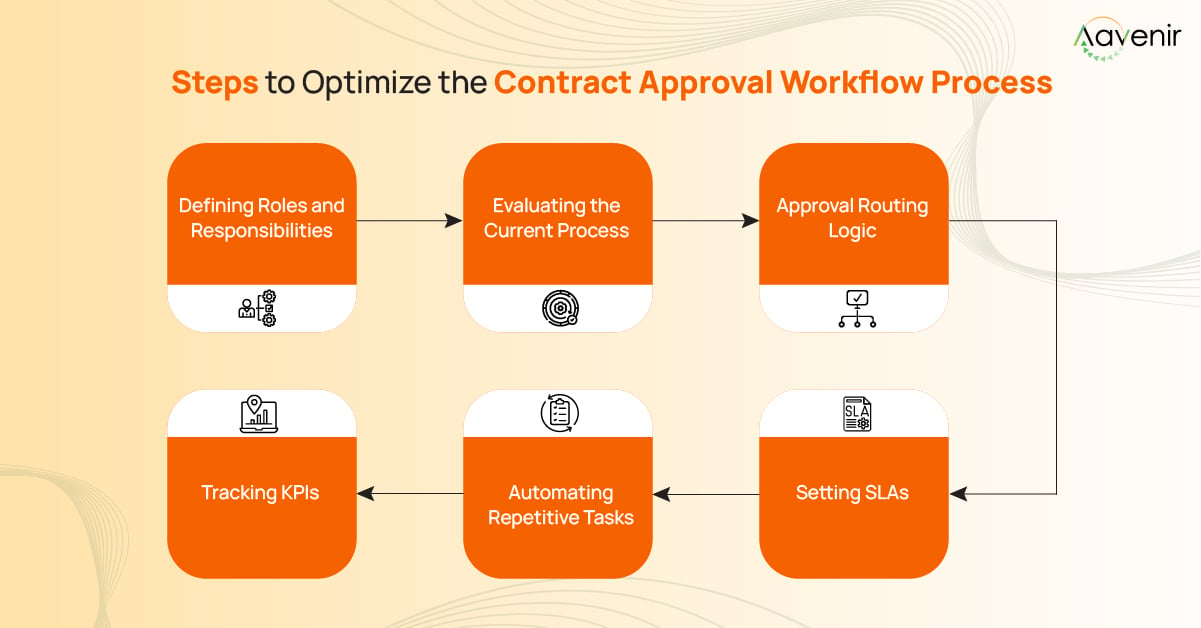
An optimized contract approval workflow doesn't just happen — it's carefully designed, tested, and continuously refined. Here’s how to build one that’s efficient, scalable, and aligned with your business goals:
1. Define roles and responsibilities
Start by identifying everyone involved in the contract approval process, including legal reviewers, business approvers, and finance stakeholders. Clarify who owns each stage of the workflow and what actions they're responsible for (e.g., review, approve, escalate). This ensures accountability and prevents delays caused by confusion or overlap.
2. Map out the current process
Before making improvements, understand how things currently work. Document each step — who initiates the contract, how it’s reviewed, where approvals get stuck, and how handoffs occur. This visual map will help identify inefficiencies, unnecessary steps, and communication breakdowns that require attention and improvement.
3. Implement approval routing logic (sequential/parallel)
Design intelligent routing rules based on contract type, value, geography, or risk profile.
- Use sequential routing when each approval depends on the one before (e.g., legal → finance → leadership).
- Use parallel routing when multiple teams can review the contract simultaneously, speeding up approvals without compromising compliance.
- This logic ensures contracts reach the right people at the right time without manual intervention.
4. Set SLAs for each step
Define specific timeframes for each part of the approval process — such as 48 hours for legal review or 24 hours for finance approval. These SLAs keep stakeholders aligned on expectations and reduce unnecessary delays. When SLAs are missed, establish escalation rules to notify managers or reassign tasks.
5. Automate repetitive tasks
Utilize automation to streamline routine tasks, such as sending reminders, routing documents, flagging contract changes, and updating approval statuses. This reduces the administrative burden on your team and ensures that contracts don’t fall through the cracks. Automation also enhances accuracy and frees up time for more valuable tasks.
6. Track KPIs like average approval time, number of iterations, etc.
Monitor performance metrics to understand how well your process is working. Key KPIs include:
- Average time to approval
- Number of review cycles or redlines
- Contracts delayed beyond SLA
- Department-specific approval times
Use these insights to identify bottlenecks, enhance process efficiency, and continually refine your workflow.
Best practices for a seamless contract approval process
Creating a streamlined contract approval process requires more than just automation — it needs consistency, collaboration, and control. Here are some proven best practices to help you build a frictionless experience from contract creation to final approval:
1. Standardize templates and contract language
Using pre-approved templates and clause libraries helps ensure every contract aligns with legal and compliance standards. This reduces negotiation time, minimizes risks, and speeds up internal reviews.
2. Involve legal early in the process
Engage your legal team at the drafting or planning stage — not just at the end. Their early input helps avoid rework, ensures alignment with policies, and reduces turnaround time during the approval phase.
3. Use collaborative, cloud-based tools
Move away from siloed email threads and offline documents. Cloud-based platforms enable multiple stakeholders to review, comment, and edit contracts in real-time — improving transparency and accelerating approvals.
4. Maintain a centralized contract repository
Store all contracts in a centralized contract repository. This provides visibility across teams, simplifies tracking, and ensures everyone is working from the most current version of the contract.
Following these best practices not only improves operational efficiency but also builds trust across departments and with external stakeholders — ensuring your contract processes scale with your business.
Conclusion
Imagine a world where the burden of a fragmented, manual contract approval process is lifted. No more costly delays, compliance issues, or missed opportunities. With a structured, automated workflow, you can transform contract approvals into a smooth, transparent, and scalable operation, freeing your team from the shackles of manual work.
From defining roles and routing logic to setting SLAs and tracking KPIs, each step toward optimization empowers your teams to work more efficiently and make faster, more informed decisions, instilling a sense of capability and confidence.
That’s where an automated contract management software comes in. It enables organizations to automate approval workflows, enforce compliance, and gain real-time visibility — all within a familiar enterprise ecosystem. This real-time visibility puts you in control, whether you're starting from scratch or improving an existing process, the CLM solution helps you move contracts forward with speed and control.
Frequently Asked Questions (FAQs)
1. What is the difference between a contract approval workflow and a contract lifecycle?
A contract approval workflow refers specifically to the sequence of steps and stakeholders involved in reviewing and approving a contract before it is signed. In contrast, the contract lifecycle encompasses the entire end-to-end process — from creation and negotiation to execution, renewal, and termination.
2. How long should a contract approval process take?
It varies based on contract complexity and organizational structure. However, with a well-defined and automated workflow, standard approvals (like NDAs or MSAs) can be completed within 1–3 business days, while more complex agreements may take a week or more. Setting SLAs and automating follow-ups can significantly reduce delays.
3. Can I integrate my contract approval workflow with tools like Salesforce?
Yes. Modern CLM solutions like Contractflow integrate seamlessly with tools such as Salesforce, and other business systems. This ensures real-time updates, centralized data, and a unified experience across platforms.
4. Why should I automate the contract approval process?
Manual contract approvals are often slow, error-prone, and difficult to track. Automation reduces bottlenecks, improves compliance, ensures accountability, and shortens time-to-signature — ultimately accelerating business outcomes and reducing risk.
